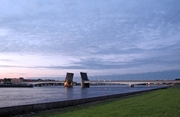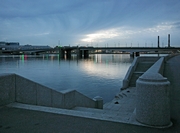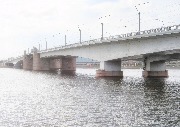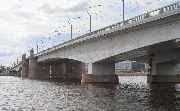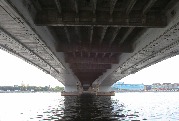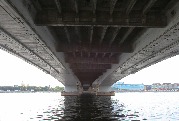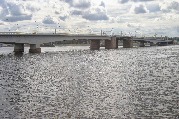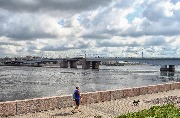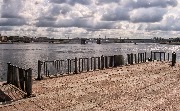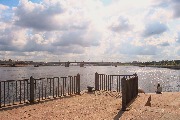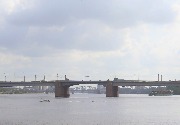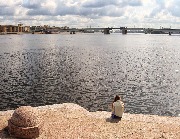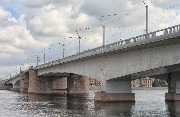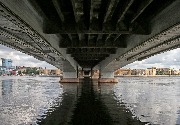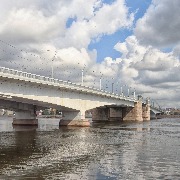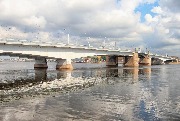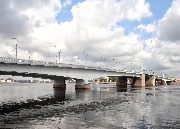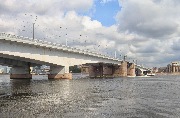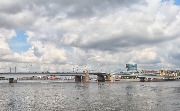
| Novosibirsk | Ob River Crossing – Bugrinsky Bridge in Novosibirsk |

| Sochi. | Back-up of Kurortny Prospect, 3 stage |
Alexander Nevsky Bridge Rehabilitation
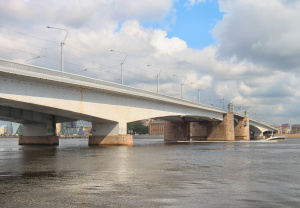
Saint Petersburg (rehabilitation)
Design, Detail Design Development
Project period: 2000 –
2002
General Designer: Institute Stroyproekt
Client: St. Petersburg Committee for City Improvement and Road Infrastructure
The project included rehabilitation of the historical bridge over the Neva River linking the right bank to the city centre.
The bridge is an extension of Nevsky Prospekt, the main city’s thoroughfare, and forms a single architectural ensemble with Alexander Nevsky Square, Moskva Hotel and the Alexander Nevsky Monastery.
By the end of the 90s, the bridge was in a very poor condition and there was a real danger that it might collapse. Therefore, the development of the bridge rehabilitation concept, which engaged several designer companies and scientific institutions, took three weeks only.
Rehabilitation works lasted two years and included a full reconstruction of the draw span, strengthening of the fixed spans, replacement of the ramp decks, installation of the bascules wedging system, replacement of the bearings and the bridge floor waterproofing. As a result, the rehabilitation extended the bridge service life to 30 years
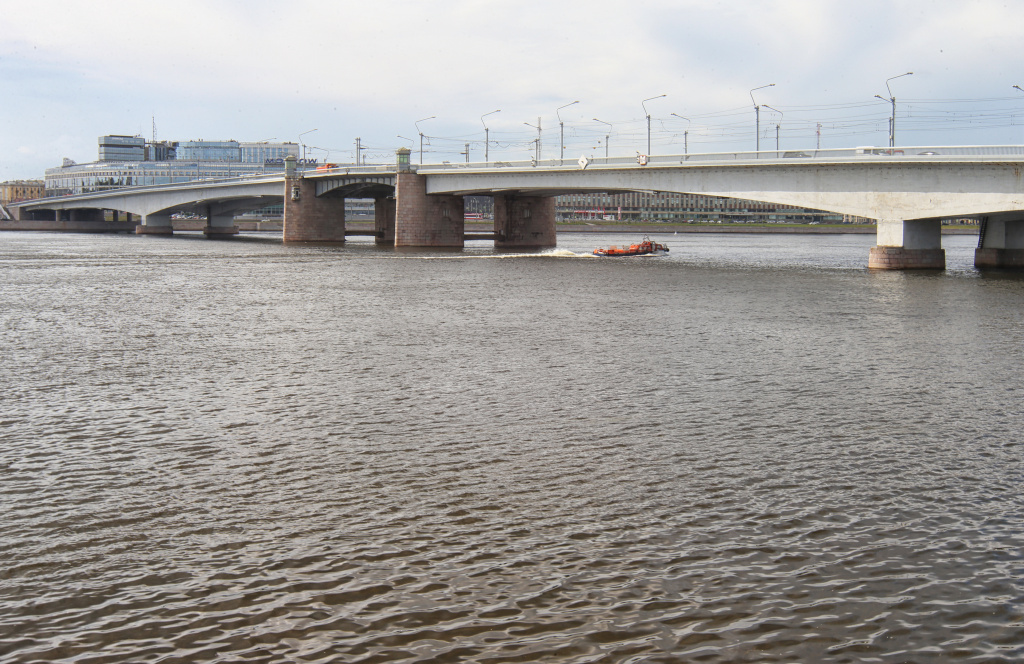 .
.
Technical parameters
Length — 910 m (including ramps)
Span layout, m: 49.8+109.8+126+57+126+109.8+49.8
Width between railings — 35 m
Carriageway width — 29 m
Lanes — 3 in each direction plus tram rails in the middle
Draw span — 57 m
Main features
High-strength reinforced rods placed inside steel boxes were fixed under the bridge decks; they strengthen the lower chord of reinforced concrete beams.
Deck beams were additionally supported with 24 backup cables of the total length 1730.4 m. The cables were tensioned to 20% of the design force. Thus, in case the working cable fails, the backup one becomes tensioned to a full force and takes up the load. The solution prevents repairing in case the working cable is damaged by corrosion.
Pier zones of the fixed spans were strengthened by swaging the box girders transversally with U-shaped single-strand cable clamps.






















 Далее
Далее